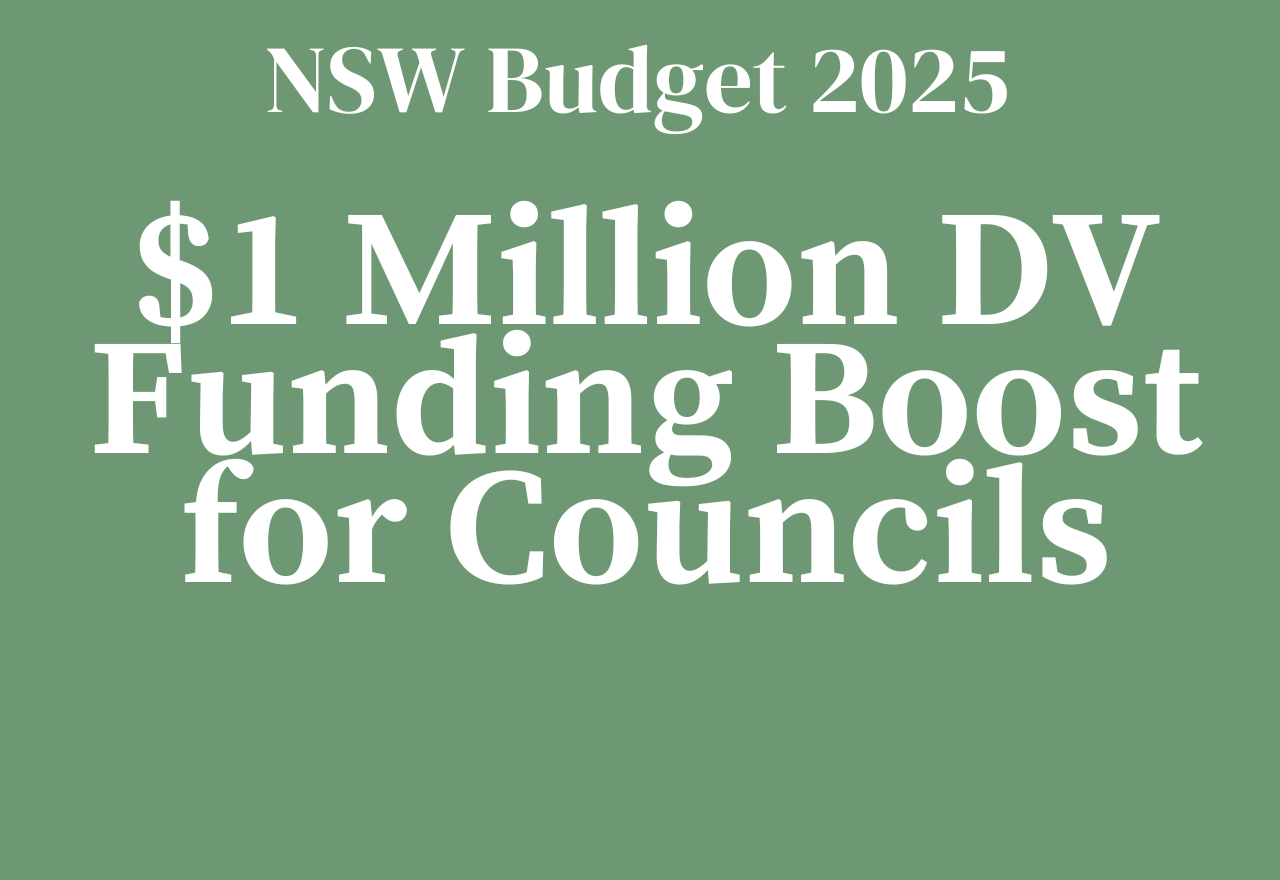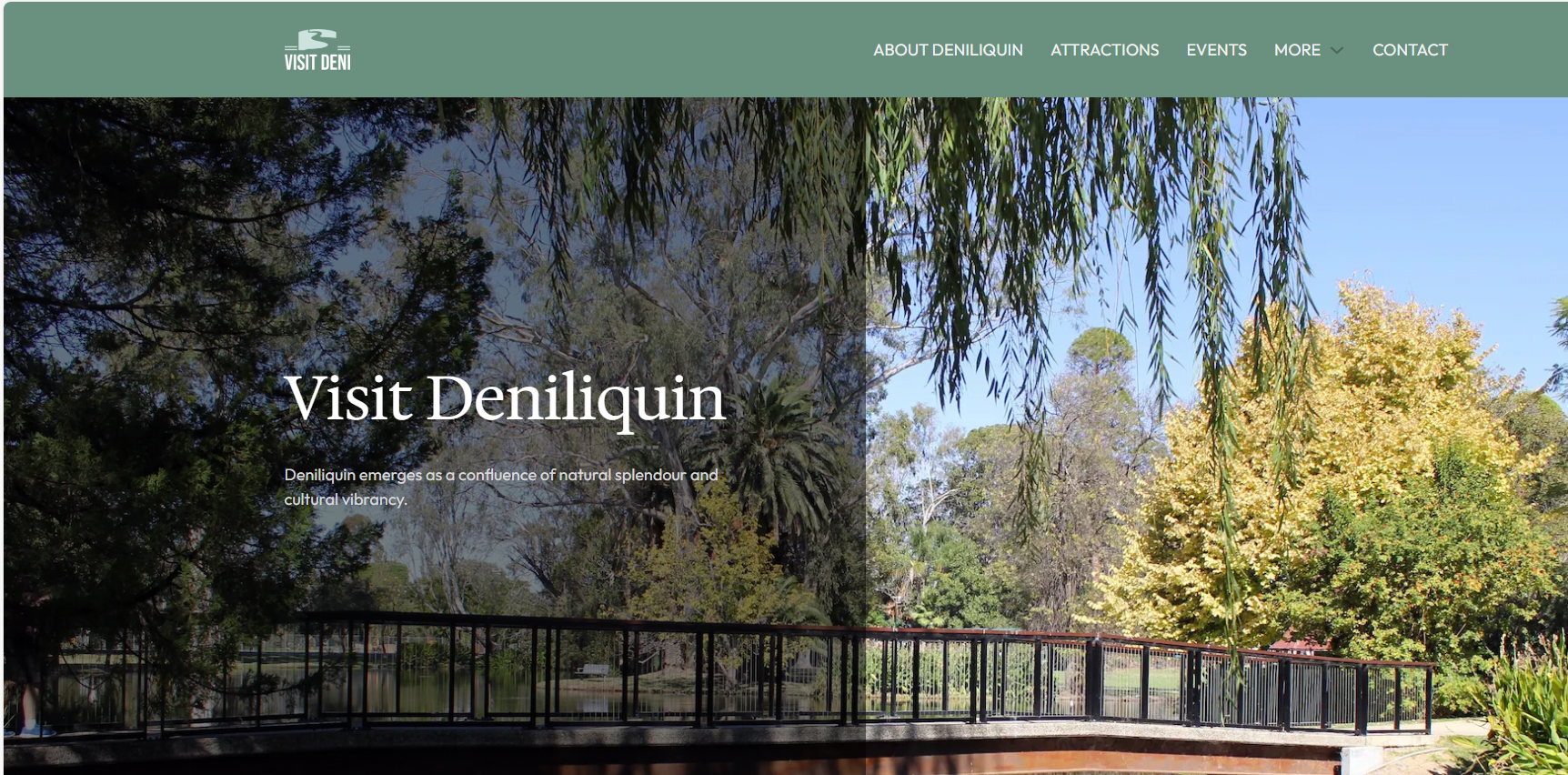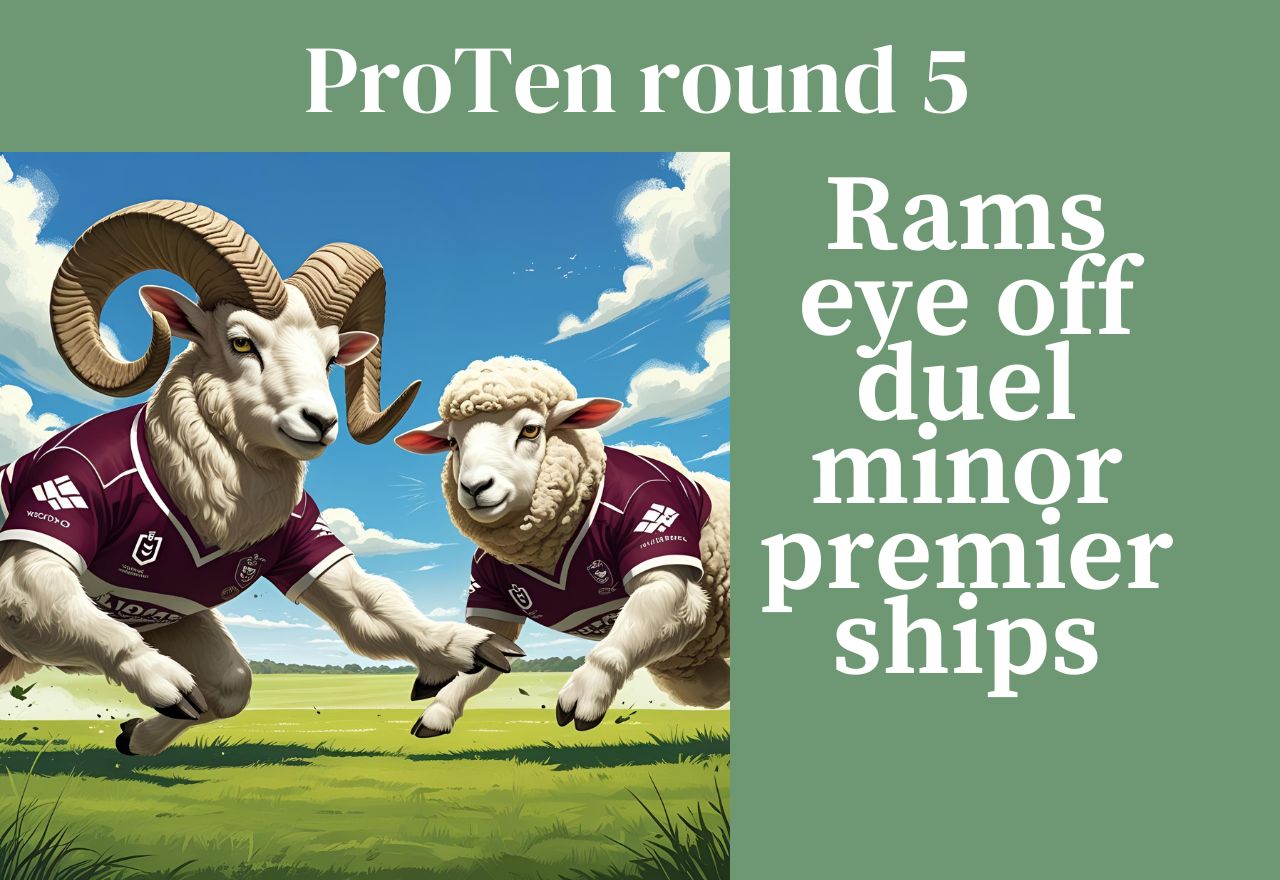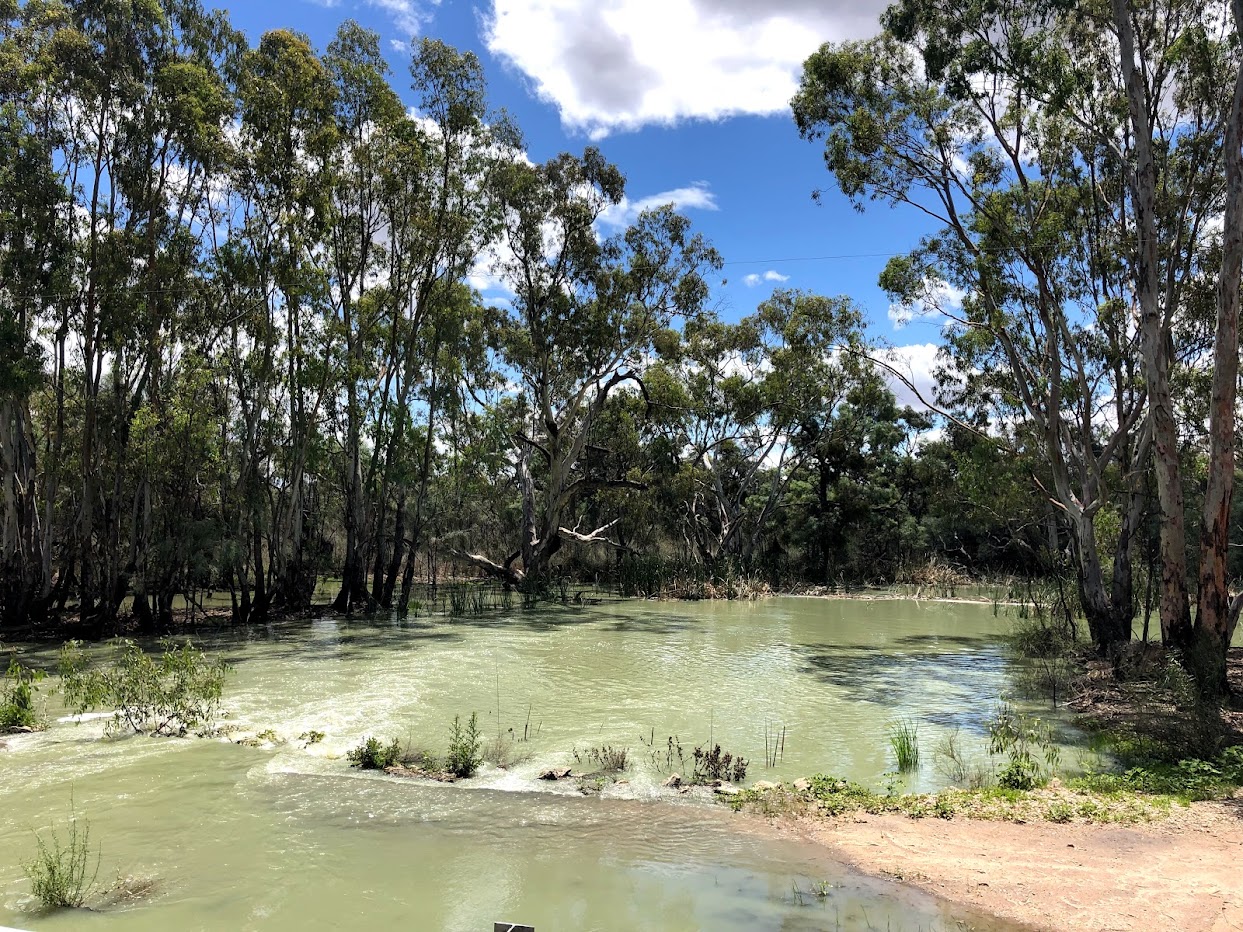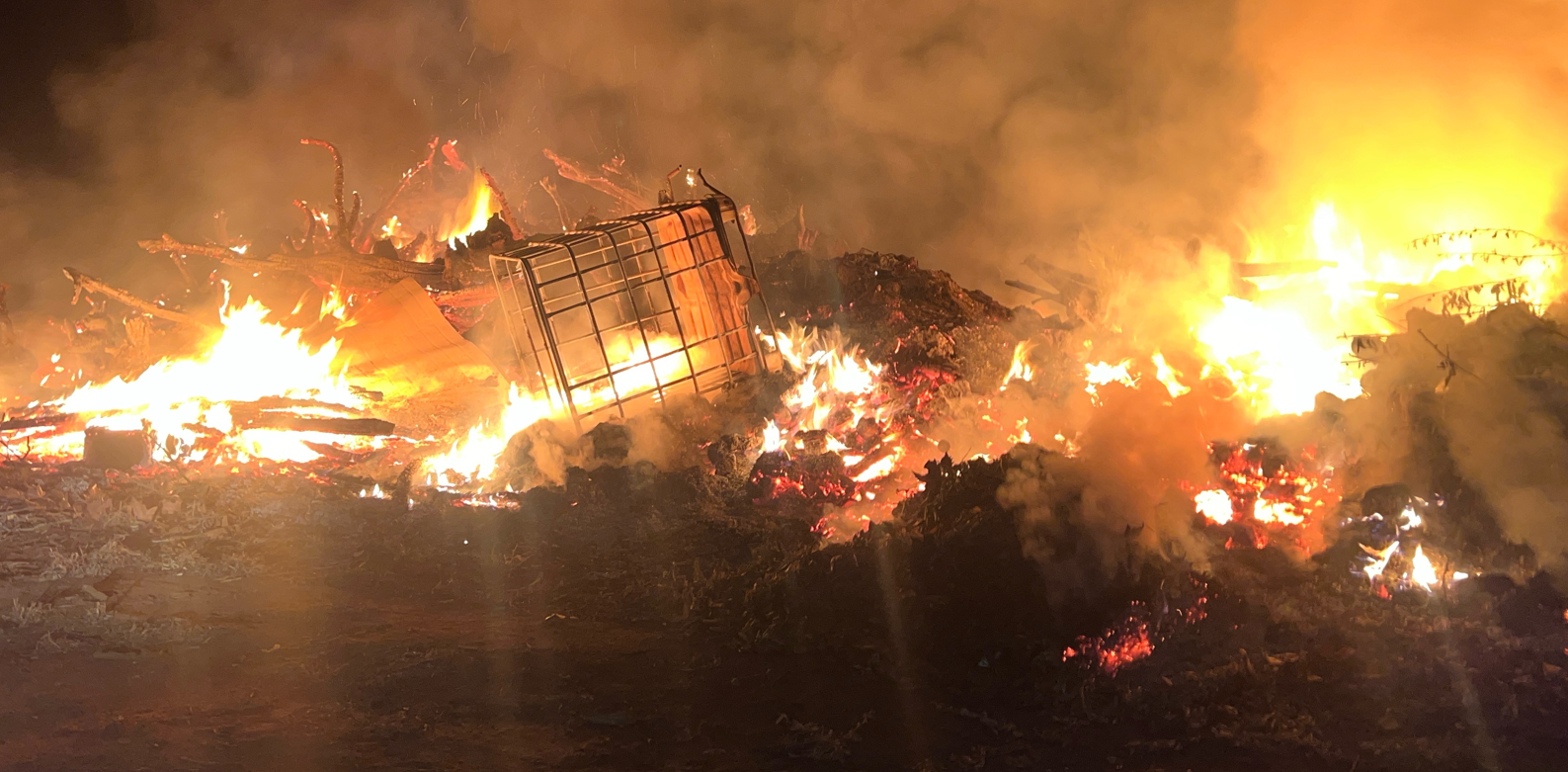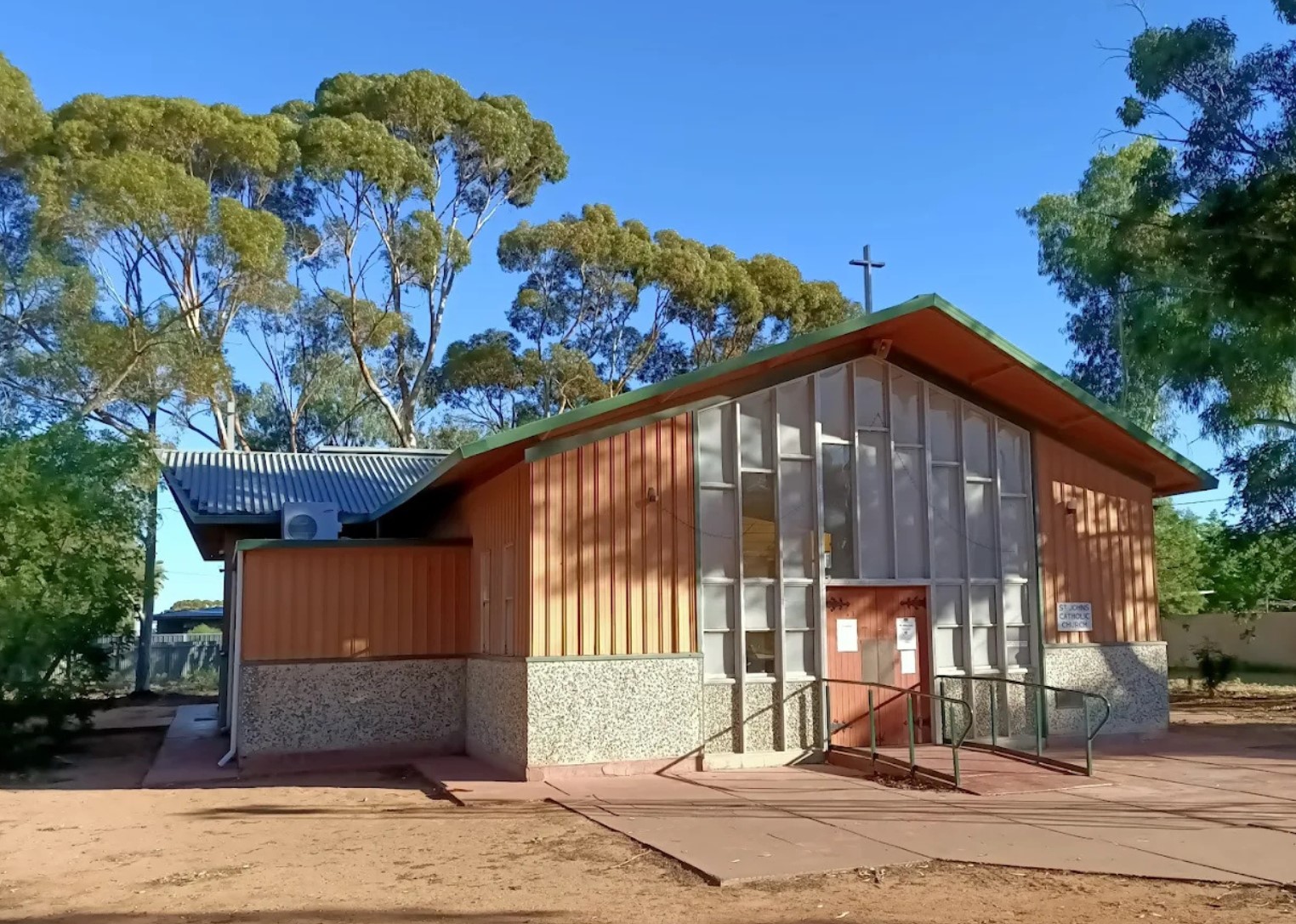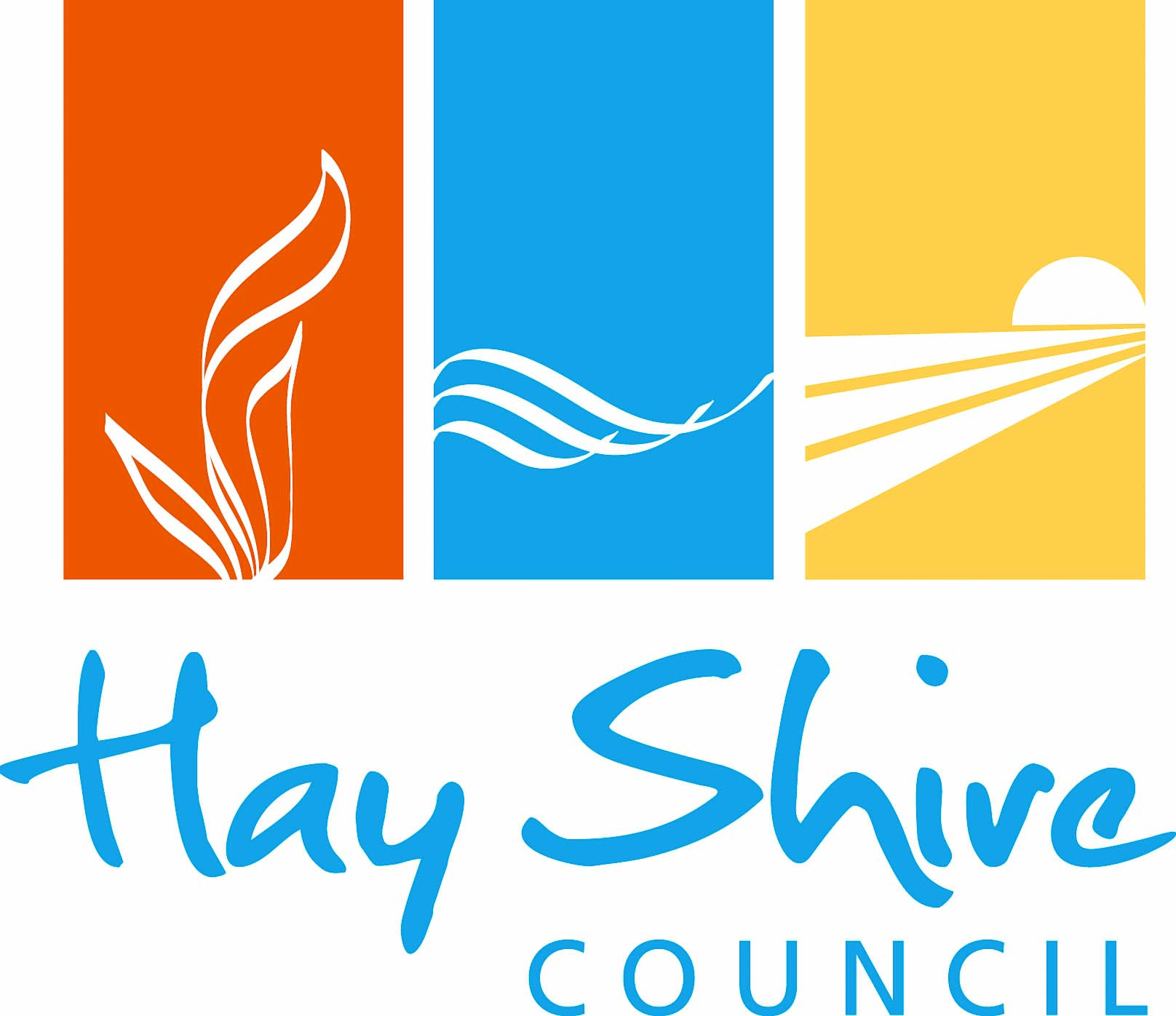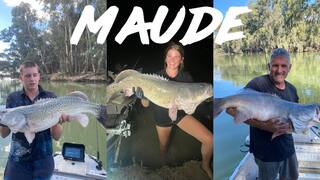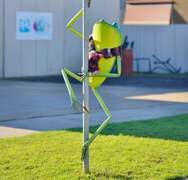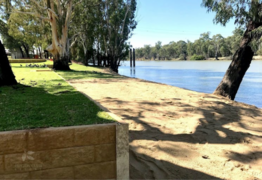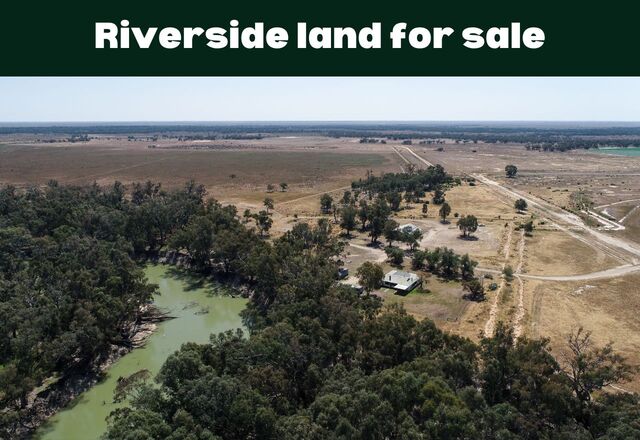A $6.3 billion solution hiding in plain sight
Kimberly Grabham
03 July 2025, 11:00 PM
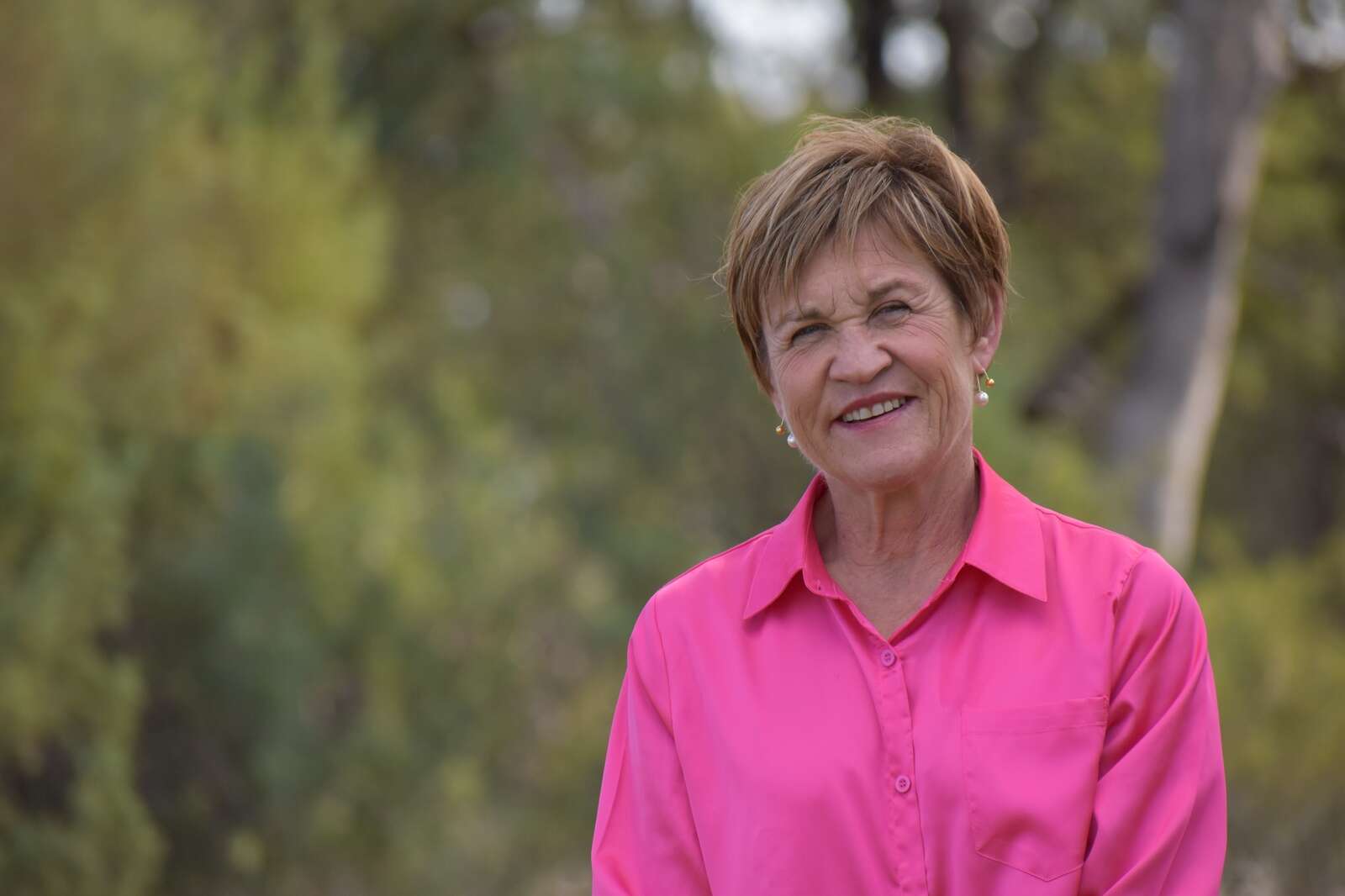
Picture this: you're watching the NSW Treasurer deliver a budget that cuts transport spending by 34 per cent, slashes education infrastructure by 41 per cent, and offers zero additional cost of living relief to struggling families.
Meanwhile, sitting in government reservoirs across the state is something that could change everything – 450 gigalitres of surplus water worth a potential $6.3 billion.
It's a figure that has caught the attention of politicians and irrigators alike, including Murrumbidgee Electorate MP Helen Dalton, who sees an opportunity that could address multiple crises at once.
"If the NSW government decided to sell 450 GL of their water surplus to the federal government to block the destructive water buybacks, they could boost budget spending by a whopping five per cent while also allowing our regional communities to thrive once again," Dalton posted on social media this week.
The numbers paint a stark picture.
Opposition Leader Mark Speakman has pointed out that government spending per GDP has dropped from 2.5 per cent to 2 per cent, at a time when communities are crying out for investment in essential services and infrastructure.
But there's another layer to this story – one that goes beyond budget figures to the heart of what's happening in our irrigation communities.
Right now, Murrumbidgee Irrigation has two modernisation projects on the table that could save nearly 12 billion litres of water while improving supply reliability for farmers.
The Channel Lining and Piping Project and the Barren Box Efficiency Improvement Project represent exactly the kind of forward-thinking infrastructure investment that regional communities need.
"These projects aren't just about saving water," explains a spokesperson for Murrumbidgee Irrigation.
"They're about securing the future of agriculture in our region while making the system more efficient for everyone."
The projects are currently open for community feedback, with submissions closing on 15 July.
If approved, they'll progress to a formal funding application to the Australian Government – another piece in the complex puzzle of water management across the Murray-Darling Basin.
For regional communities who've watched water buybacks hollow out their economies, the idea of selling surplus water to fund essential services while protecting productive agriculture feels like common sense.
"It's about killing two birds with one stone," as Dalton puts it on her social media.
"The state gets the revenue it desperately needs for schools, hospitals, and transport. Regional communities get to keep their water allocations and see investment in infrastructure that secures their future.
"The timing couldn't be more critical. With cost of living pressures mounting and essential services under strain, finding creative solutions that don't pit regional communities against city priorities has never been more important."
Whether the NSW government will consider this approach remains to be seen.
But for communities along the Murrumbidgee and beyond, it represents hope that there might be a way forward that doesn't involve choosing between a strong state budget and thriving regional economies.
As the consultation period for the irrigation modernisation projects continues, one thing is clear – regional communities aren't just sitting back and waiting for solutions to be imposed on them.
They're actively working to find ways to use less water, save more money, and build a more sustainable future.
The question now is whether government will listen.
Community feedback on the Murrumbidgee Irrigation modernisation projects is open until 15 July.
Details are available through the NSW Department of Planning, Industry and Environment's water infrastructure program.
NEWS
SPORT
RURAL
COMMUNITY
JOBS
VISIT HAY
VISIT BALRANALD
FOR SALE
COMMERCIAL PROPERTY
